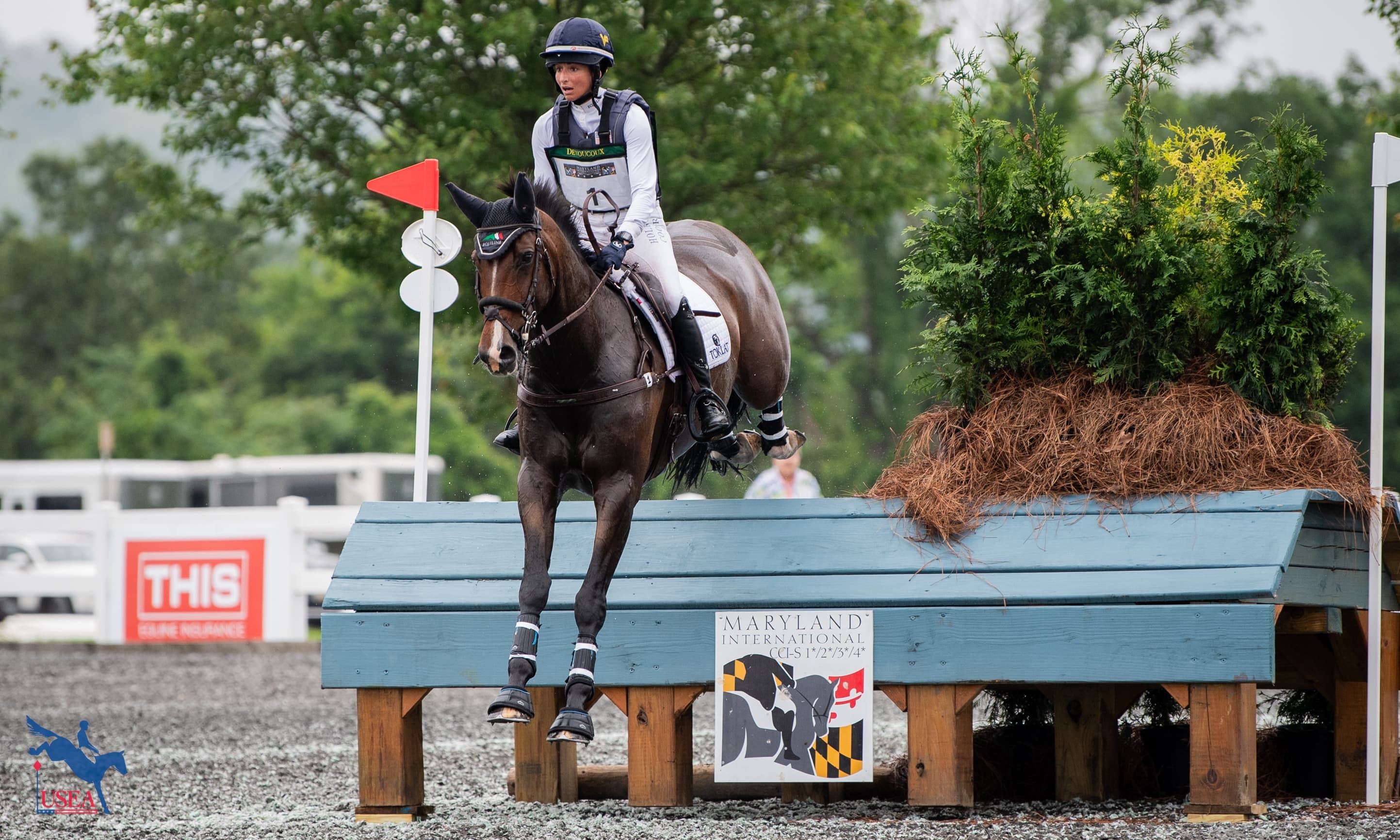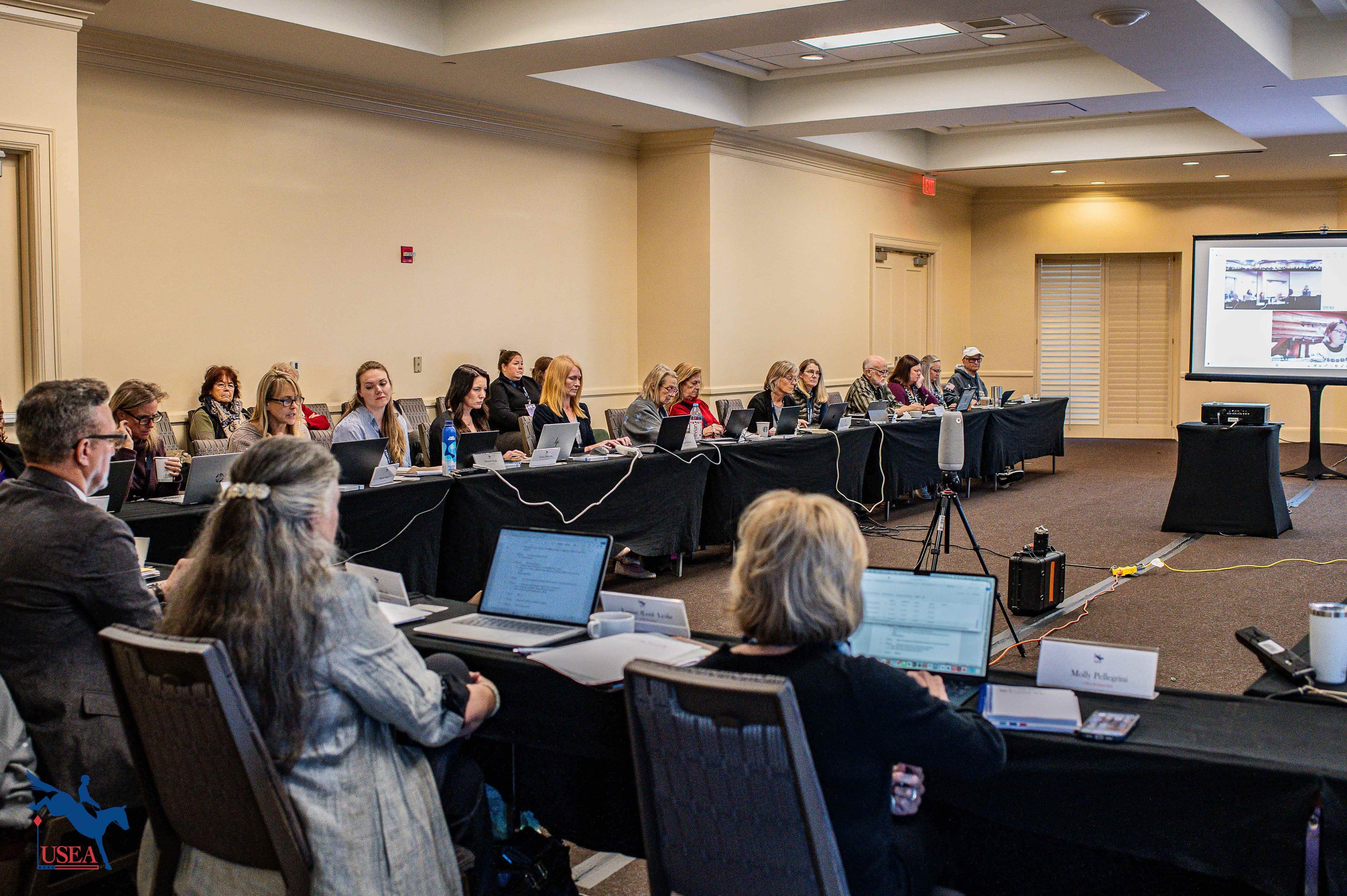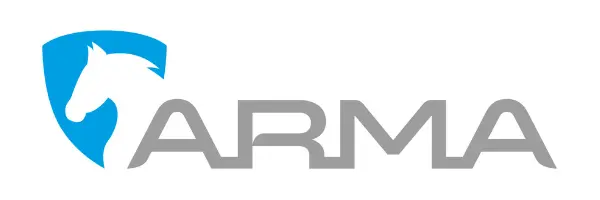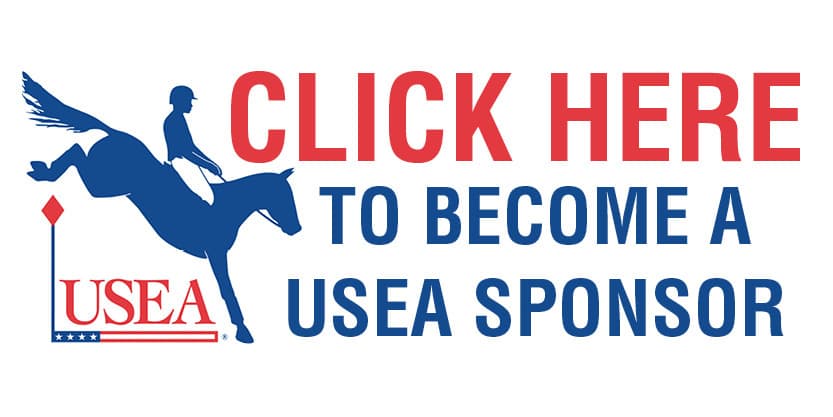Rule Refresher: Understanding Cross-Country Faults
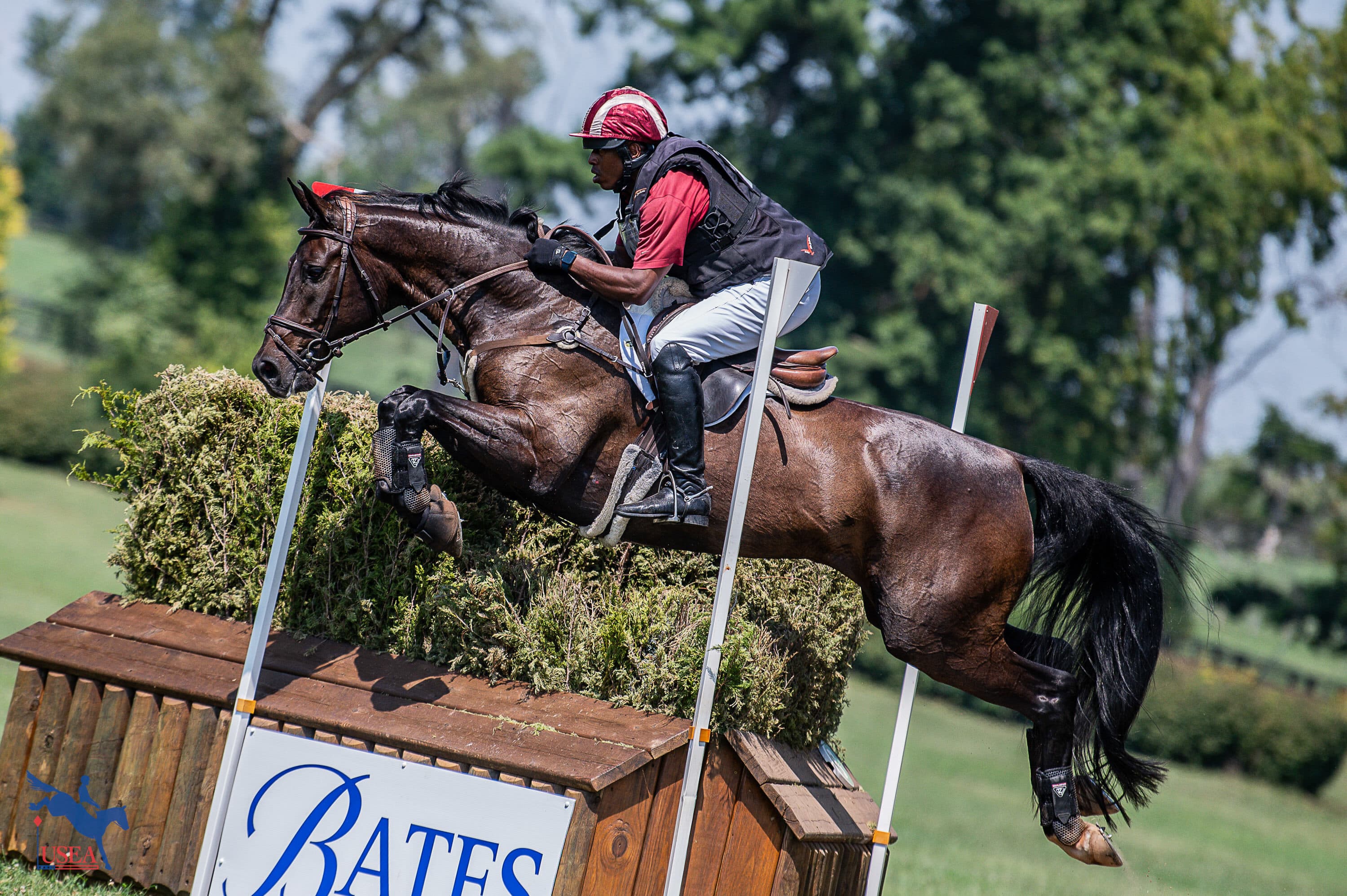
Eventing combines three phases: dressage, show jumping, and cross-country. It is arguable that many eventers compete in this sport because of the cross-country phase. It's a fan-favorite for sure with its wide open galloping tracks, a wide variety of obstacles to jump, and the ability to encounter natural elements such as water, banks, ditches, and more!
No matter if you are new to the sport or just wanting to brush up on your cross-country rules knowledge, this month's edition of Rule Refresher can be a helpful tool to allow you to better understand the regulations around faults that can be incurred during this phase. From falls to disobediences to willful delays and more, these are rules you need to know before you gallop out of the start box next time!
Text has been taken directly from the USEF Rules for Eventing with emphasis added by the USEA.
EV122 Cross-Country Definitions of Faults
1. GENERAL. Faults (i.e., refusals, run-outs and circles) must be penalized, unless in the opinion of the
appointed personnel, they are clearly not connected with the negotiation or attempted negotiation of a
numbered Obstacle or element for the relevant level in progress. The negotiation or attempted negotiation of
an Obstacle commences with the presentation of the Horse to the Obstacle. Falls will be penalized wherever
they occur on course between the start flags and the finish line.
2. DISOBEDIENCES (REFUSALS and RUN-OUTS).
a. Refusals.
- At Obstacles or elements with height exceeding 30 cm, a Horse is considered to have refused if it
stops in front of the Obstacle to be jumped. - At all other Obstacles 30 cm or less in height, a stop followed immediately by a standing jump must
not be penalized. If the halt is sustained or in any way prolonged, it is considered a refusal. The
Horse may step sideways but if it steps back, even with one foot, it is considered a refusal. - A second refusal is considered any attempt by the Athlete to reattempt the Obstacle or element
without success or if the Horse is represented at the Obstacle after stepping back, stopping, or step
backs again.
b. Runouts.
- A Horse is considered to have run-out if, having been presented at an Obstacle on the
course, it avoids it in a way that the head, neck, and point of either shoulder fail to pass between the
Obstacle markers or the hindquarters do not jump the height of the solid part of the Obstacle.
Continuing on course without representing will incur Elimination.
c. At an Obstacle composed of several elements (e.g., A, B Obstacle), a Horse may be Disobedient and
refuse or run-out twice in all before being Eliminated.
3. CIRCLES.
a. At an Obstacle composed of several elements (e.g., A, B, C, etc.) a Horse must be penalized once it has
jumped the first element and before it has jumped the last if:
- The Horse passes around the back of any element of the lettered combination that it
subsequently jumps. - The Horse crosses between the elements. See diagrams in Appendix 7. Also, see EV145.1c for
possible exceptions at options.
b. After being penalized for a refusal, run-out or circle, an Athlete is permitted to cross their original track,
without penalty, in order to make another attempt and may also circle one or more times without
penalty, until they represent their Horse at the Obstacle.
c. At separately numbered Obstacles, an Athlete may circle between or around the Obstacles, without
penalty, provided they have not represented their Horse at the second or subsequent Obstacles.
4. FALLS.
a. For Athlete and Horse Fall definitions, see EV104.5 and EV104.6. A Fall must be penalized when it
occurs between the elements of an obstacle composed of several elements (e.g., A B C etc.).
5. MISSED MARKER. To clear an Obstacle, the Horse’s head, neck, and shoulder must pass between the
Obstacle markers. If the marker is dislodged, the hindquarters must jump the height of the solid part of the
Obstacle. If the Obstacle is not navigated as described a 15 point penalty must be assessed.
6. ADDITIONAL ATTEMPTS AT OBSTACLES COMPOSED OF SEVERAL ELEMENTS.
a. It is permitted, but not required, after a Disobedience at an Obstacle composed of several elements for an
Athlete to retake any element already jumped in order to complete the negotiation of the Obstacle. The
Athlete may be penalized for any additional fault even if it is at an element previously jumped successfully.
b. After a Disobedience, when necessary to negotiate the next Obstacle, it is permitted for an Athlete to pass
through markers in the wrong direction.
7. WILLFUL DELAY. An Athlete is considered to have willfully delayed their finish if, between the last fence and the finish line, the Horse halts, walks, circles, or serpentines. The Athlete may be penalized for a
Disobedience at the discretion of the Ground Jury.
8. RULE INTERPRETATION. If rule clarification is necessary for the judging of an Obstacle, the Technical
Delegate, as directed by the Ground Jury, must provide the clarification and sketch, if necessary. This
information must be shared with Athletes at the briefing or as soon as possible.
Want to catch up on past rule refreshers? Click here.

